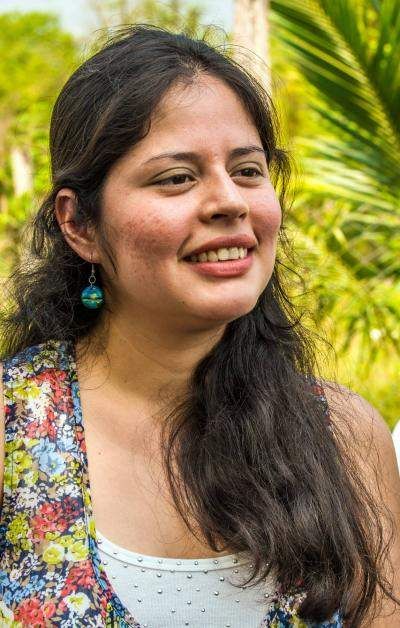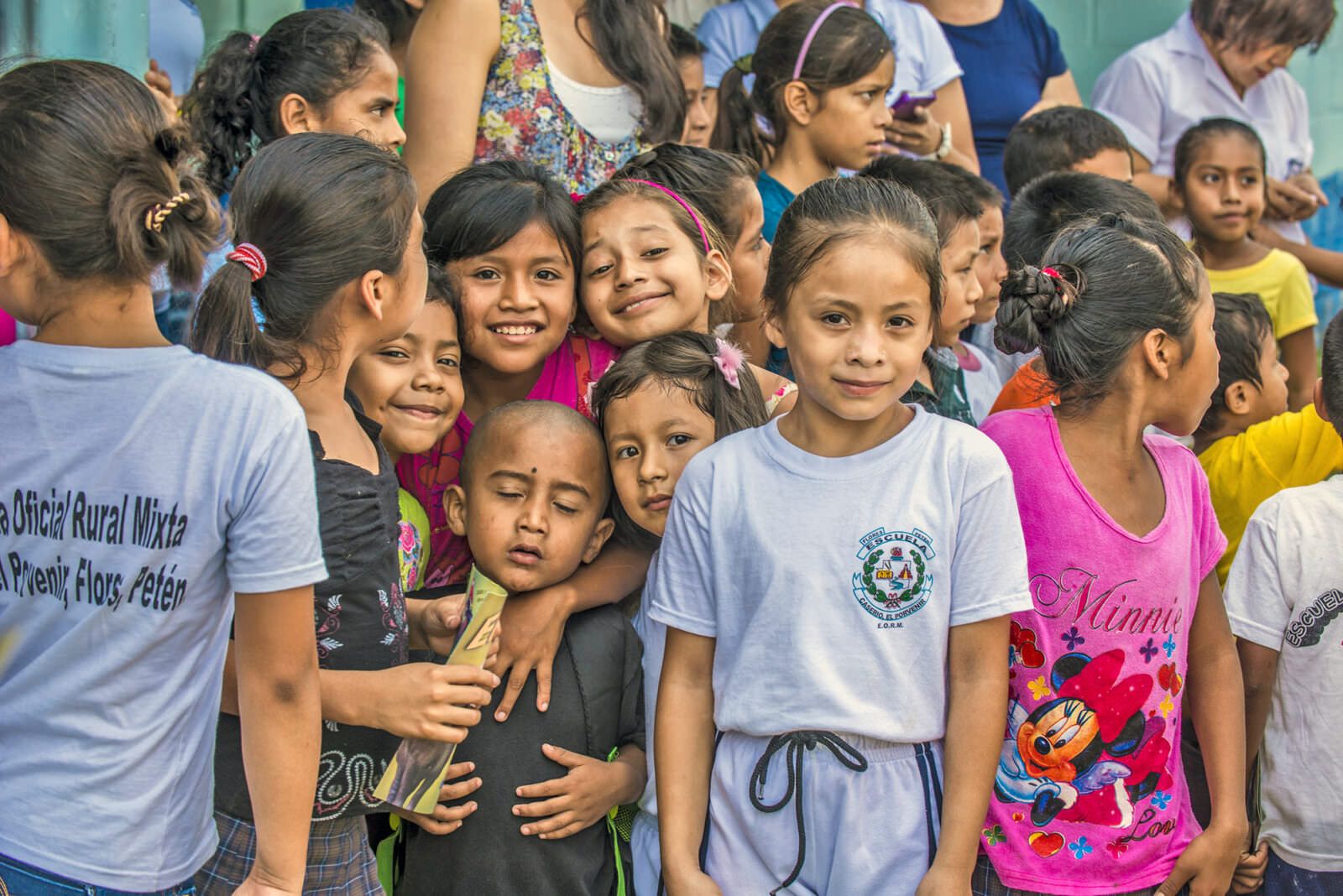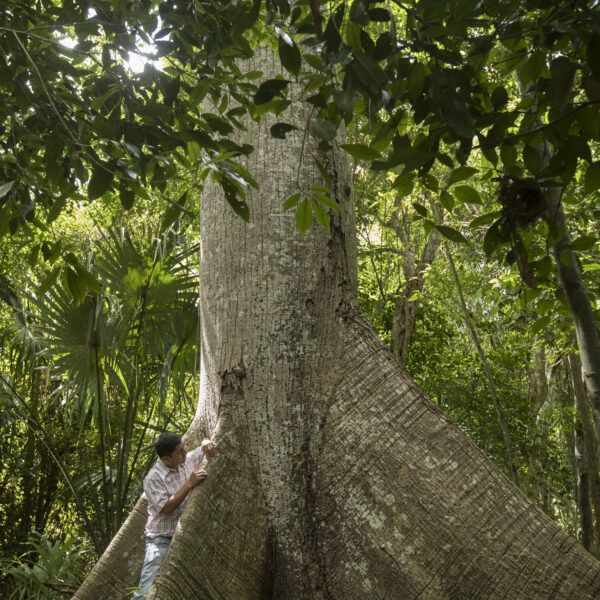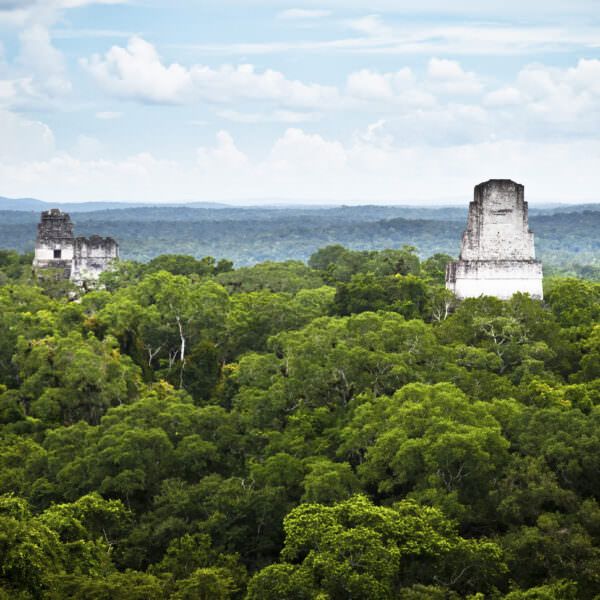On any given day, the children of El Porvenir, a community of 200 families just outside Guatemala’s Tikal National Park, can be found tending to their school’s vegetable garden, measuring the diameter of a mahogany, or planting saplings behind their school. These activities have a very specific purpose, says teacher Lesbia Gualip, “It’s not just that we plant a tree, it’s why we plant the tree. We teach lessons about deforestation and climate change,” she says. The students even learn how to estimate a tree’s potential for storing carbon.

Gualip is one of many teachers in Guatemala who’ve participated in the Rainforest Alliance’s Education program, which provides training, hands-on learning tools, and support in implementing conservation and climate-related activities into existing school curricula. Climate education here is especially critical, as Guatemala has one of the worst deforestation crises in the Northern Hemisphere—not surprisingly, the country is facing severe effects of climate change. Inadequate rainfall, crop failures, and increased forest fires have devastated many communities throughout Guatemala, diminishing food supplies in a country that already suffers the highest rate of chronic malnutrition in Latin America.
The Rainforest Alliance has long worked to promote sustainable livelihoods and natural resource conservation in Guatemala, but as Education manager Maria Ghiso points out, “The critically important conservation work we’re doing in Guatemala would not go very far if we weren’t also training the next generation to protect forests and work in harmony with the environment. Teachers like Lesbia are showing their students they can shape their community’s future.”
And in some ways, the school’s 85 students are already taking their knowledge forward: they recently helped reforest a communal area. “There’s a problem in our area where people have cut down so many trees without permission,” Gualip says. “Big stretches of forest have been turned into pastures for grazing. But our children have learned that trees are very important, and they take that message home to their parents, and the whole community.”
“Sometimes,” Gualip continues, “people say the problems are too big to fix. But I always tell my students, even doing something small can make a difference if it’s coming from the heart.”




